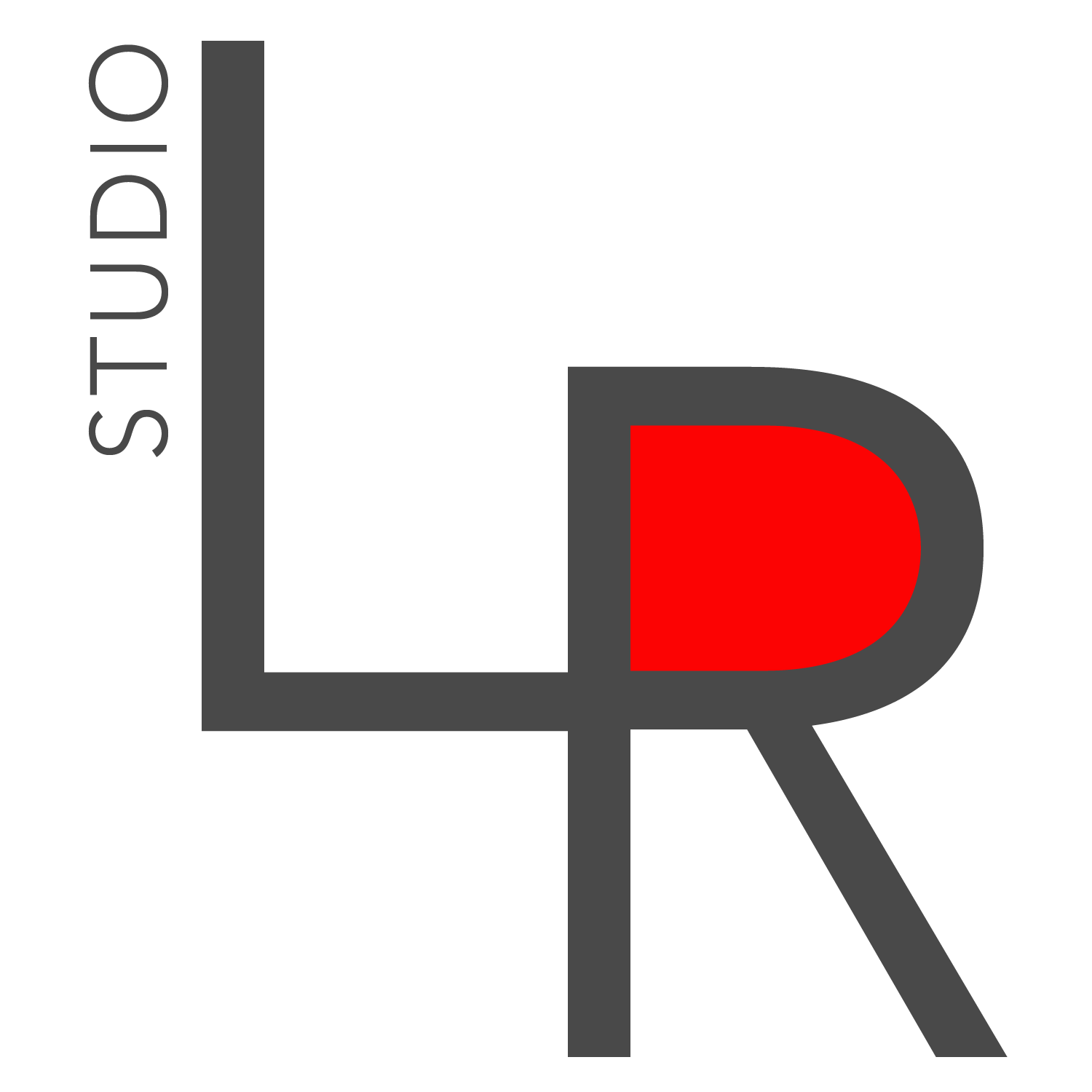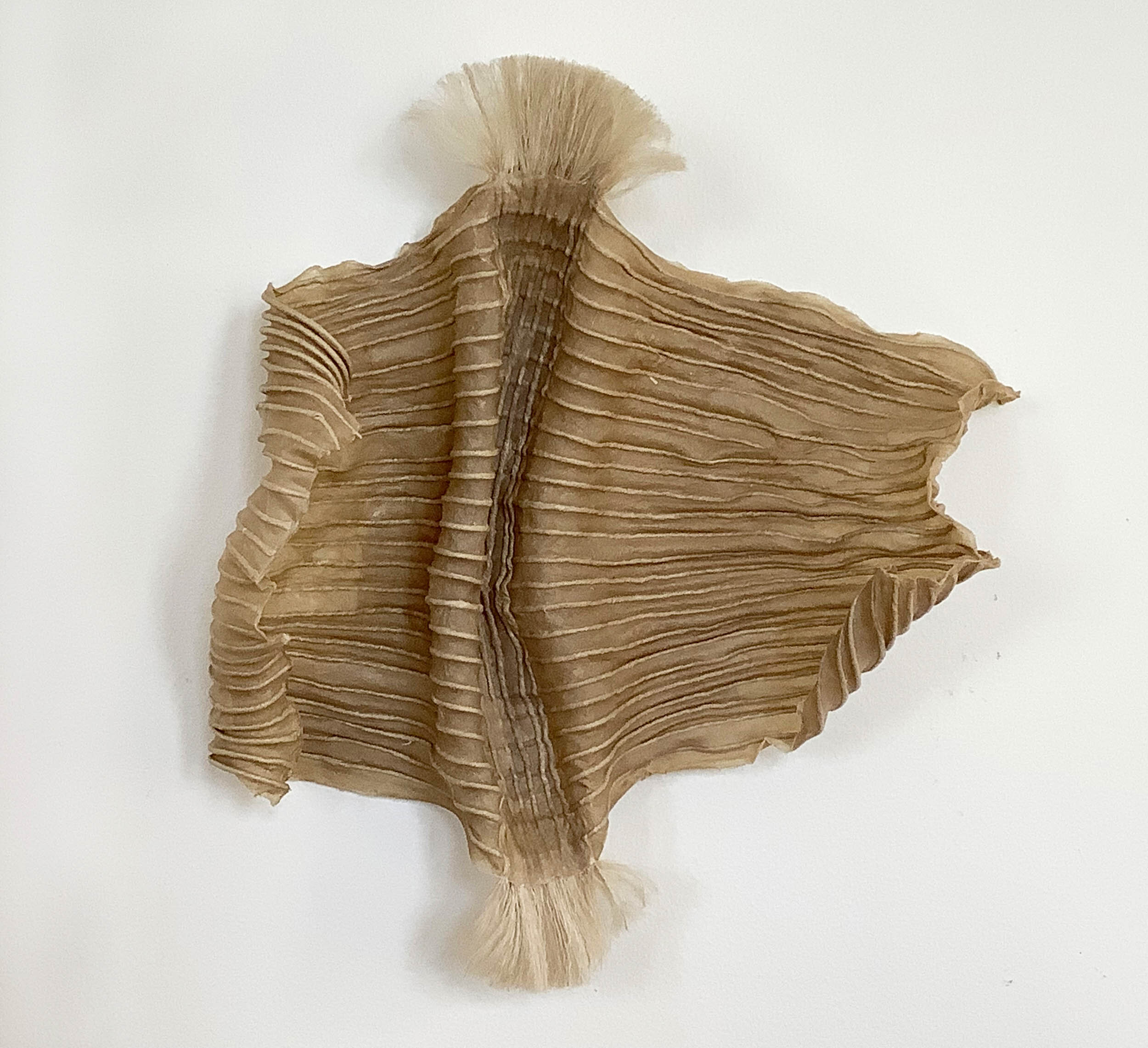
Susan Warner Keene
Water Books
Gallery Box - 26 Lakeshore Ave, Ward’s Island, Toronto Islands
June 6th to July 3rd
Water Books is a selection of works by the artist from various series over time. As a handmade paper artist, Susan is inspired by a variety of elements from books such as text, pages and binding. She utilizes water both as a process for transformation but also as a material in itself. She is also inspired by how books/pages mimic the body in form and in name. These artworks encompass many of these ideas and investigate them further.
Check out all available works by the artist below.
“For many years I have centred my art practice on hand papermaking, exploring interactions of concept, water, and beaten plant fibre. Paper, when the raw material is processed in various ways, can become an expressive surface in its own right, and it has become my medium for examining aspects of the book, written language, and paper itself.”
Reflections
Bashõ #2
This piece is a fragment of the final haiku written by the 17th century Japanese poet Bashō, re-inscribed using liquid paper pulp, so that text and surface are generated as one. The distortion that occurs in the drying process obscures reading, just as the translation from Japanese to English text is also, unavoidably, an imperfect rendering.
(The text fragment is from “Round, as yet round, my dreams keep revolving,” trans. Nobuyuki Yuasa 1966)
Water Line #4
An aspect of paper that interests me is its long association with communication and ideas, yet, depending on how it is made, paper can also have a skin-like presence. Waterline #4 is a single, sheet of flax fibre paper, marked only by the internal architecture created by water first entering, then leaving the cellulose in the flax pulp. A blank sheet is never truly empty.
Life Study #6
The two-page layout of the folio format invites comparisons between them. In the Life Study series both “pages” are made the same size, but as the paper goes from wet to dry, each results in a different story, its ending determined by the elements incorporated into it.
Spine
In the Western style of bookbinding, the form of the codex is described with terms like head, tail, and spine, suggesting an animate creature, sharing certain attributes with humans. The skin-like quality of high-shrinkage flax paper, too, appears to fuse the worlds of ideas and nature.
Each week a new artwork will be featured in the Gallery Box.








